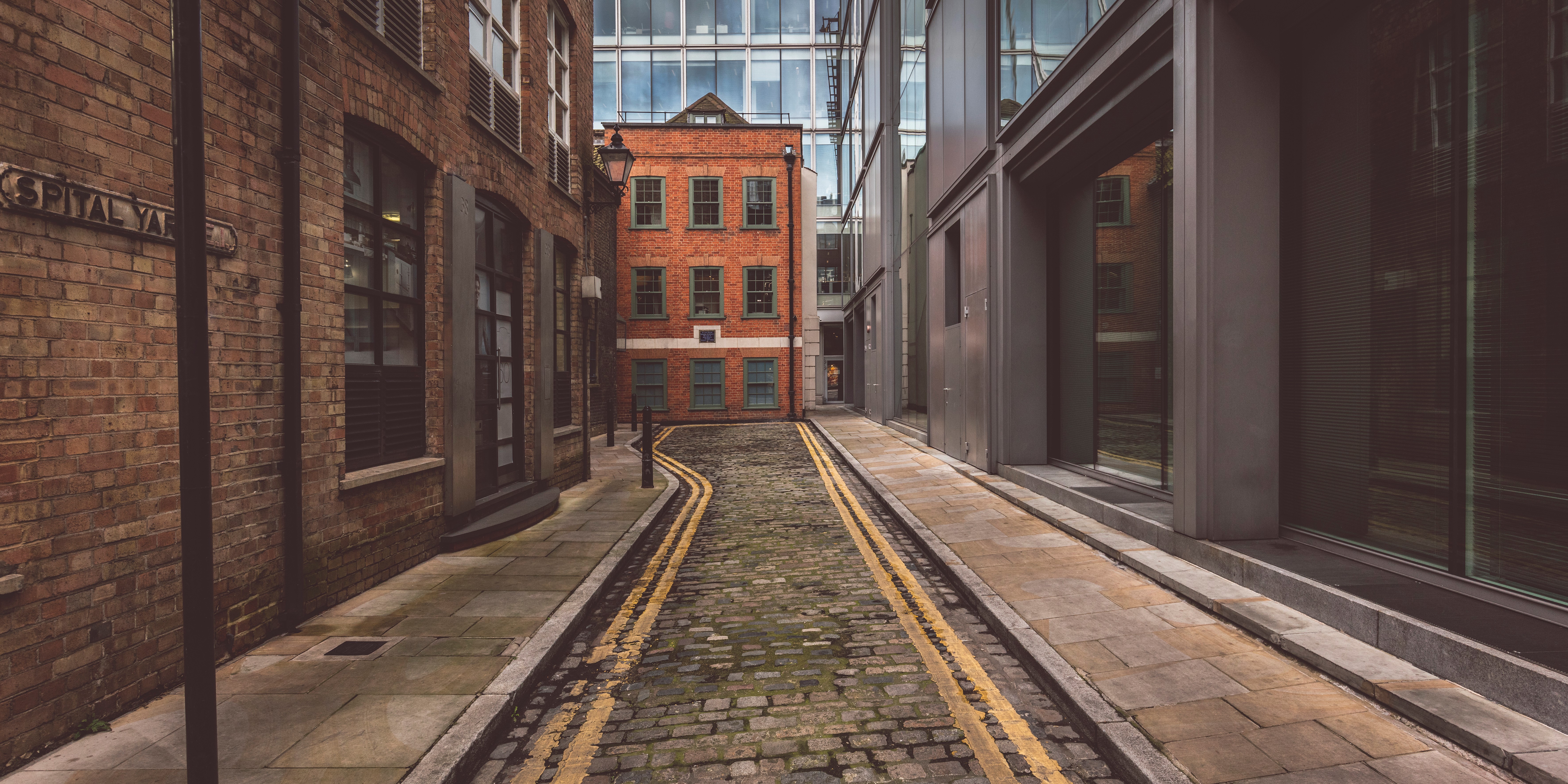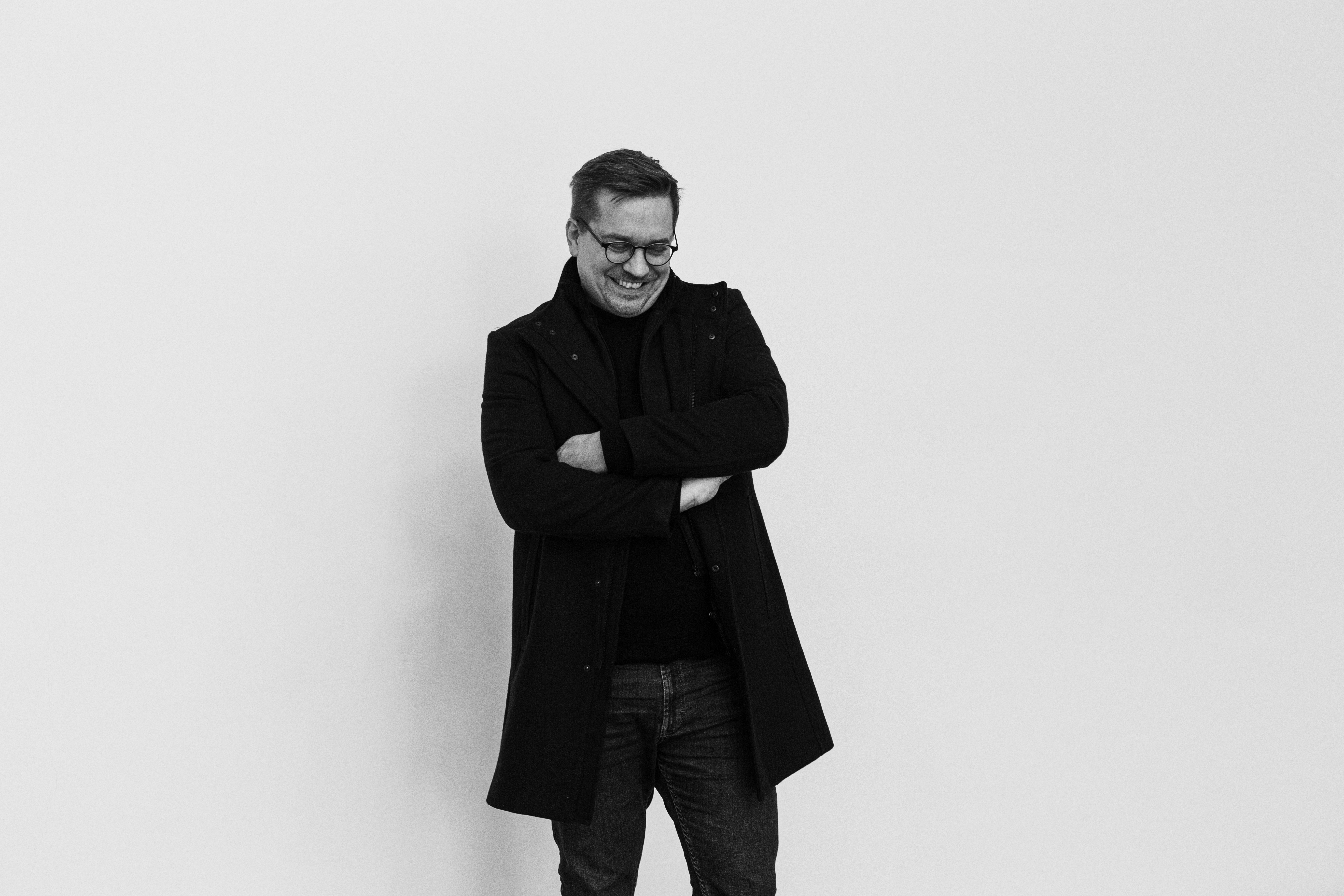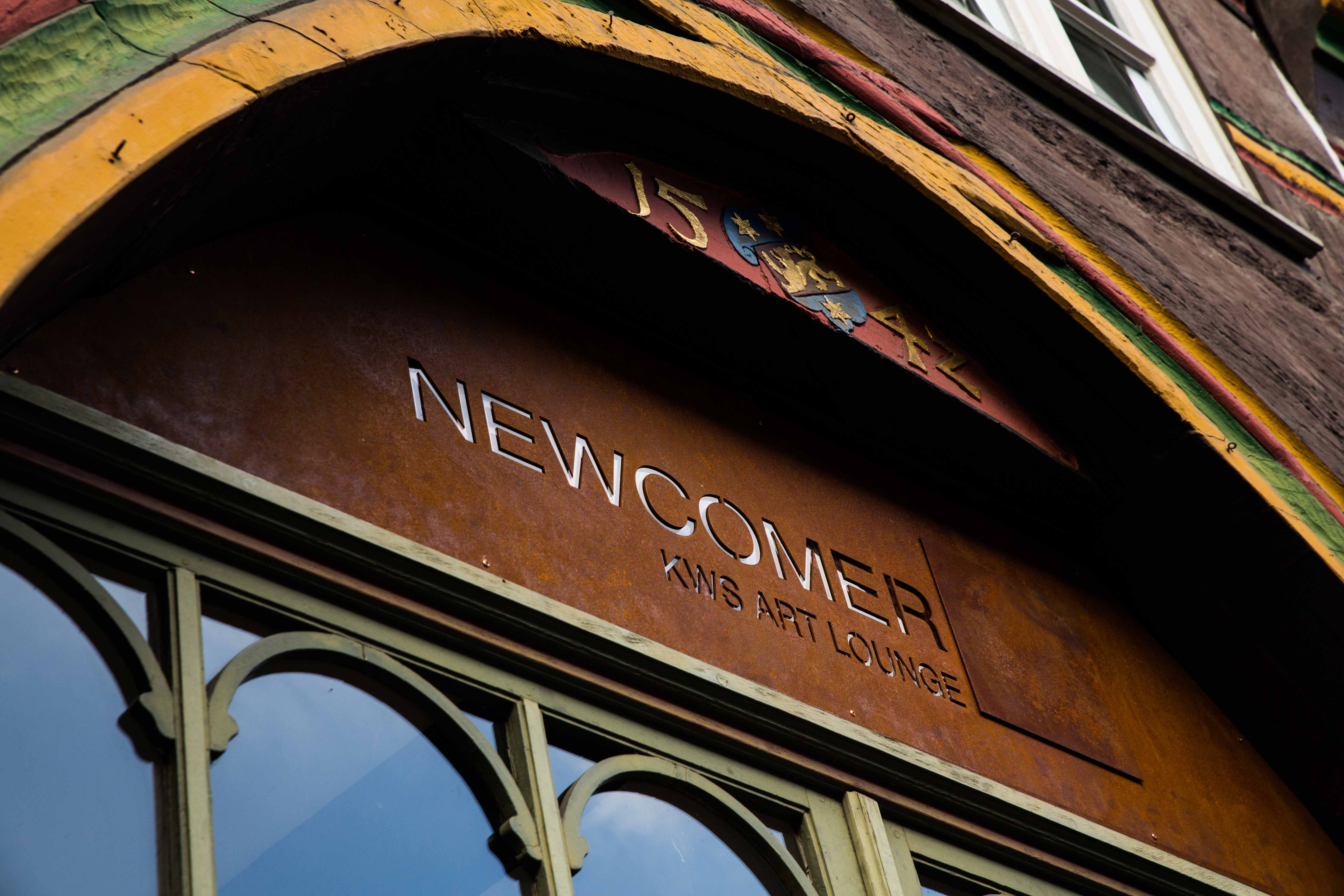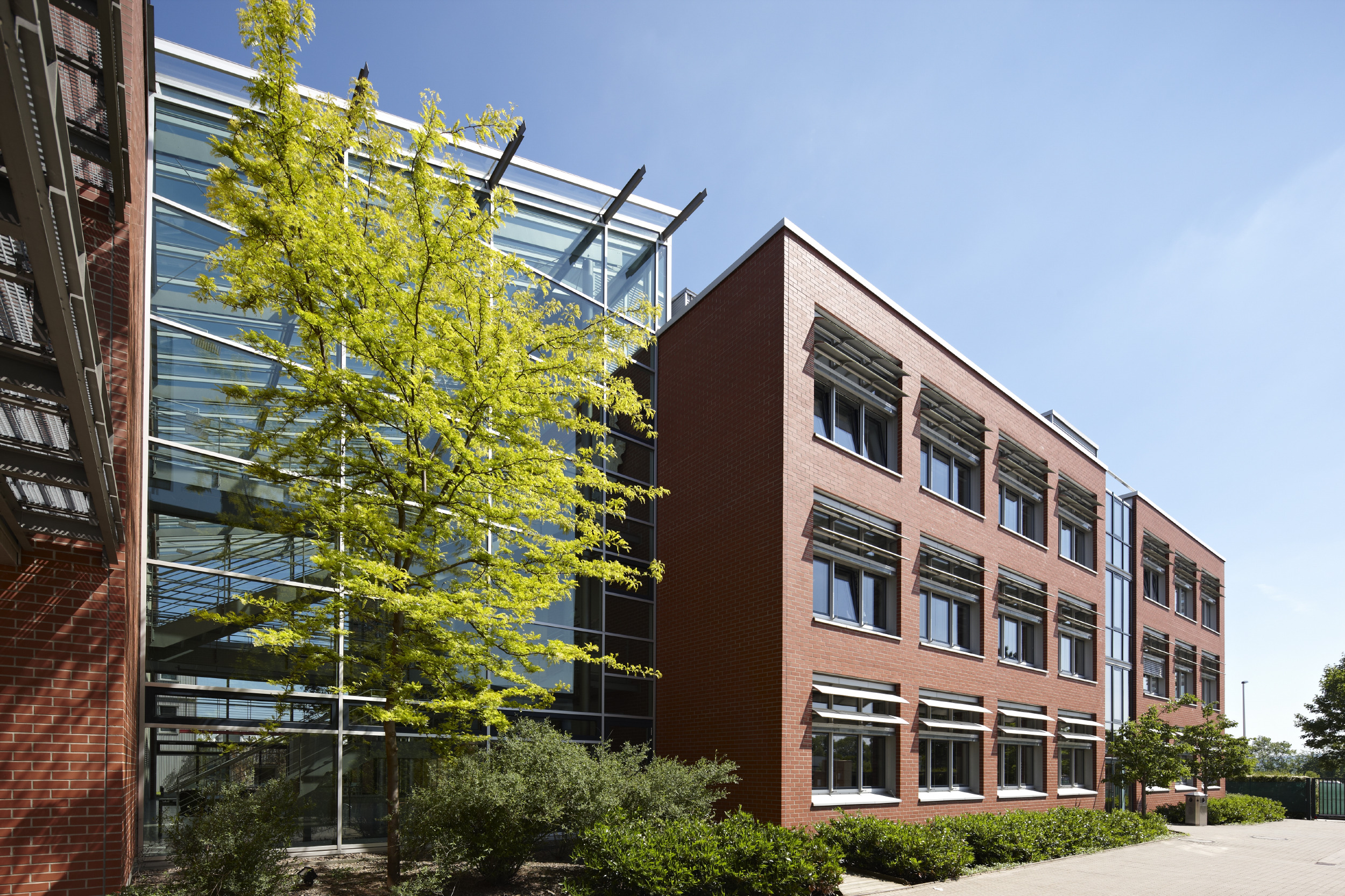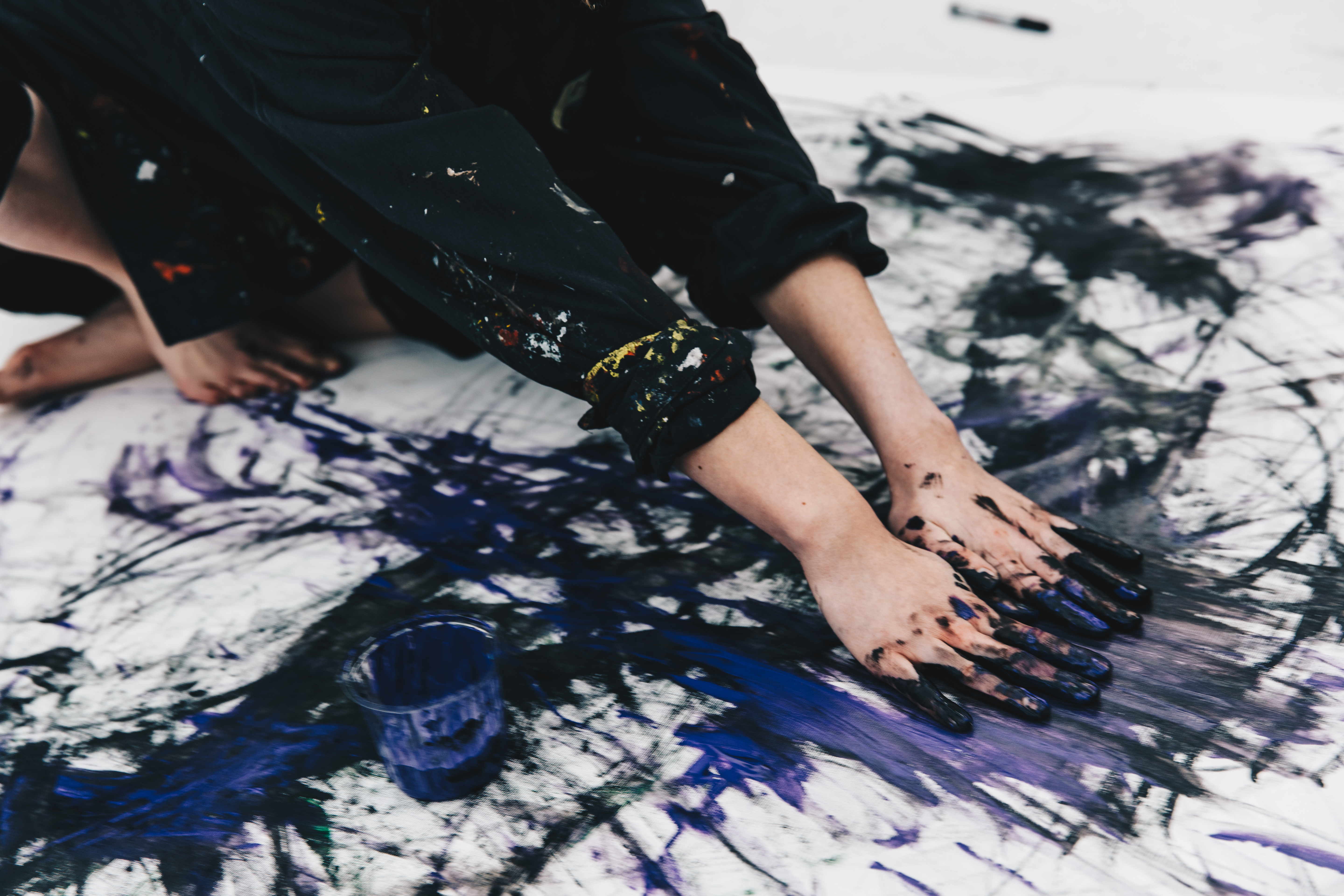Roman Thomas – Hidden Places
Typologies of an ordinary insight
Self-referential validation
One of the greatest achievements of photography is its swiftness. Developed over the centuries and brought to the highest precision, the photographic snapshot is one of the basic elements of the medium today. If this term defines the swift deployment of the ever-present camera, then the prevailing act of creation has an inherent attitude of subliminal vehemence. In the moment of execution, this behavior is inevitably subject to the following well-known statement, usually concretized in a loud manner: "I alone have seen it!“
The photo of snapshot-like manner, as missionary as it was understood in the context of the mediation of processes taking place in reality, has always also possessed an ego-related tendency of wanting to be the sole messenger. It is therefore not surprising that in the day-to-day creation of images, the snapshot, which captures, documents, seeks clarity, and yet satisfies the urge for the affirmation intrinsic to the human being, has become one of the most essential means of expression in photography.
The art of seeing the big picture
The quickly taken picture can therefore be said to have a substantial contradictory nature. Nevertheless, the allegedly present and yet always past moment has been declared to be the focus of highest urgency to be captured in the photographic image. However, by making sequences of movements visible, by visualizing what had previously been obscure, and by interspersing every event of a sudden relevance with a collective litany that preferred the photographic moment to the actual encounter, a deceptive cycle of influence extending into the present was created that worked its way through the medium. True to the thinking internalized in the collective snapping action that the next photo will somehow lead to a holistic clarity, an unmanageable flood of images conditioned by little selective observation has become the inevitable result.
Caught up in the repetition that is always concerned with authenticity, the photo ascribed to the moment has thus become the bearer of a presumption of presence that is desired and yet never recurs. Believing in a presumably existing possibility to let a return of the past become visible through accuracy of detail, swiftness, and the always repeatable sequence, this hopeful desire led to a reflection that willingly granted the photo the property of being able to present an image of real insights.
A photograph, however, will never be able to depict reality completely or to transfer the inevitable incomprehensibility of a moment into a form specific to the image. Only a far more comprehensive intervention on an artistic level, far removed from the known realms, is capable of initiating moments of photographic forcefulness that shift the momentary to an unexpectedly present level and turn them into moments of prescient significance.
When moments become momentary certainty
German artist Roman Thomas uses photography in a variety of ways.
His large-format works challenge the viewer and at times disrupt his habitual viewing routine. Out of perception-based rigidity and from a mono-perspectival viewpoint always desired accessibility, the images create a shift of sometimes critically noticeable confrontation. Roman Thomas's images repeatedly depict individuals who have been sought out, found, and captured in photographs. They are located where man has left his architectural traces, which are frequented by the society acting on them. In these places, some of which are well-known and visually recorded, the artist intervenes with his photography by displacing what allows imaginary location and internalization.
What man has been able to create for the containment, exclusion, and enclosure of his coexistence in a limited space, what functions in relation to and yet separate from one another, becomes the agent of a comprehensive and yet silent mediation in the large-format photographs. Works such as "Whitby Street" (2017), "Two Towers" (2017), or "Steps to Heaven" (2017) initially depict all-too-familiar places in a form that can be viewed pictorially. The primary appearance of the familiar is deceptive, however, as all of these photographs are subject to a gap between imagination and reality that immediately torpedoes any anticipated recognition.
„My photographs are like windows into another reality.“
- Roman Thomas
The large-format works of the German artist present different and yet similar pictorial situations that confront the viewer with the insight that the photographically created pictorial space refers to real existing things. What photographs such as "Whitby Street" (2017) offer, however, is the realization that the photographically oriented eye and the persistence of the artist have led to an object of art whose imagery represents a unique materialisation. Out of reality, a permanence of reality has been created in the image, which is able to show that the forcefulness of the large-format photographs does not only function in the aspect of external recognition, but in the internal recognition of having made a place perceptible, because it could be intuitively thought, perceived and transferred to the photograph.
Within his artistic portfolio, however, Roman Thomas focuses not only on the large, but also on the small format. In these small-format works, the artist uses what he readily perceives to initiate a shift that not only aims to once again contradict the basic expectation of the photographic image object.
The small-format photographs, which are the result of the artist's everyday view of the reality surrounding him, with the addition of the camera, become, in the selective process, initiators of a familiar and yet unfamiliar perception situation.
In typologies, which consist of four small-format photographs, the artist concretizes a self-contained interplay of past, present, and conditional future. The actually non-simultaneous, which in the form of successive moments found its way to materialization in the photographs, is from now on present in simultaneity. Set in dominant fixation, the photographs brought together are able to initiate a momentariness that can now take place far from the image-like quality assumed in the pictures themselves. The consequence of the typological form of presentation for the viewer is no longer the contemplation of the past, but the creation of present urgency through interconnection.
Typology as a simultaneously deliberative visual experience
For the medium of photography, the typological mode of presentation has been of grave significance. The possibility of comparative viewing, previously sometimes subject to curatorial arbitrariness, became an integral part of the work in question. Expressions of similarity, which were initially beyond the artist's control, could be internalized in principle, intentionally negotiated, and ultimately made the work's immanent viewing assignment for the respective observer. A cohesive visual assignment determined by conventional simultaneity has become a present object of contemplation. For the first time, the viewer was confronted with the fact that a previously mostly arbitrary, comparative viewing manner could be carried out explicitly in an artistically set picture section.
The form of presentation gained in this way, which can also be extensively found in Roman Thomas's artistic portfolio, created a moment of vivid realization out of the seemingly preserved instant. This moment is defined by the creative process of rearrangement, definition and approval of a self-referential limitation that is inherent in the typological attachment. The fixation of the ephemeral, sought in the creation of countless photographs and yet doomed to failure, usually ends in an equally intrinsically limited accumulation of photographic images. By selectively narrowing the mass of images and transferring them into a context of simultaneously interrelated contextualization, Thomas creates, supported by an artistic framing, a reimagined visual experience of present and future relevance.
In a time of image transience, in which an inflationary overlapping of advancing frequency continually displaces the comparative juxtaposition of images, the typologies of the German artist are an opportunity, with the addition of the all too fleeting, to arrive at moments that no single image is able to depict, but rather only the typological works with their inherent viewing assignment are able to form.
The Artist - Roman Thomas
Roman Thomas has been living and working as a freelance photographer in Celle since 1999. The focus of his work is on the areas of fashion, industry, and architecture. Since 2010, he has been pursuing his artistic activities with various group and solo exhibitions. He has been receiving numerous awards and is a member of the Federal Association of Visual Artists.For the artist and photographer, urban space plays a very central role in relation to the human individual. The combination of agriculture, nature and the urban space of the city presented him with a new fascination, which he expresses in this exhibition.
Discover more
Your contact

